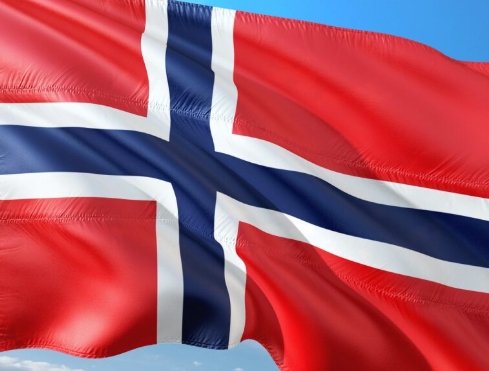
Starting January 1, 2026, tourist ships and ferries under 10,000 gross tons operating in the World Heritage Fjords must meet zero-emission standards. Larger vessels will follow suit from January 1, 2032. Vessels can utilize biogas to comply, and the government will fund shore power facilities in Flåm, a village along a fjord in southwest Norway, to support these efforts.
Minister of Climate and Environment Andreas Bjelland Eriksen stated: “The zero-emission requirement will drive technological development, reduce emissions, and ensure that the World Heritage fjords remain attractive tourist destinations.” He added: “It has been important for me to find a solution that follows up on the Parliament’s decision on zero emissions in the World Heritage fjords, stimulates technological development, takes into account the tourism industry in the ports, and provides sufficient predictability for the industry. I believe we have succeeded in this.”
The West Norwegian Fjords, including Nærøyfjorden, Aurlandsfjorden, Geirangerfjorden, Sunnylvsfjorden, and Tafjorden, are among Norway’s eight UNESCO World Heritage sites. While the cruise industry boosts the region’s economy, it also contributes to GHG emissions and pollution. The zero-emission requirements mark a practical step toward climate neutrality, with gradual implementation due to limited technology for larger ships.
On a broader scale, Norway has proposed reducing GHG emissions by 70-75% by 2035, compared to 1990 levels, surpassing its Paris Agreement commitment of a 55% reduction by 2030. This target will be included in the Climate Change Act and submitted as a nationally determined contribution (NDC) to the United Nations after parliamentary approval. Bjelland Eriksen noted: “The Paris Agreement is working and has moved us in the right direction. At the same time, climate change is happening here and now. We are seeing its effects both globally and at home. That’s why it’s crucial to maintain momentum.”
In the maritime sector, the Norwegian Shipowners’ Association aims for a climate-neutral fleet by 2050, with all new vessels ordered from 2030 incorporating zero-emission technology. Norway also supports the IMO’s GreenVoyage2050 project to reduce shipping emissions globally. Additionally, all coastal ferries must transition to electric propulsion by 2030. For example, Fjord1 AS commissioned four battery-powered autonomous ferries from Tersan Shipyard in Türkiye in February 2024, set to operate between Lavik and Oppedal from September 1, 2026.
These initiatives reflect Norway’s commitment to sustainable maritime operations and environmental preservation while fostering innovation and economic growth.